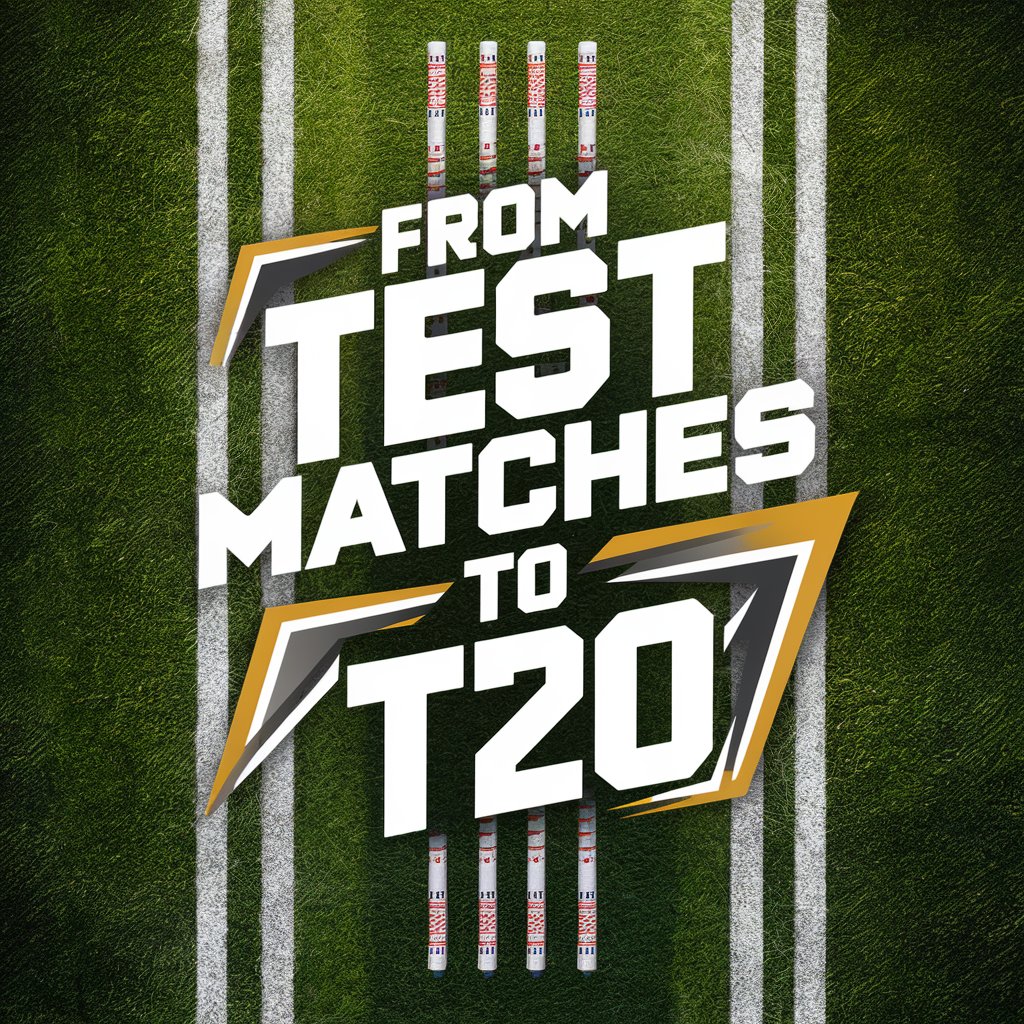In the ever-evolving world of vision correction, one technology stands out in 2025—not just for its precision but for its promise of pushing laser eye surgery into a new era, offering unparalleled accuracy and safety.
It’s called CLEAR laser eye surgery. And it’s doing for vision what smartphones did for communication—redefining expectations, upgrading performance, and introducing a level of customization and safety never seen before, making each procedure unique and tailored to your specific needs.
If you’ve been considering laser surgery but are waiting for a significant breakthrough, CLEAR might be the game-changer you’ve been hoping for.
Let’s explore what CLEAR is, how it stacks up against LASIK and SMILE, and why it’s being hailed as ‘the most exciting advancement in refractive surgery in a decade’ by eye surgeons.
What Is CLEAR Laser Eye Surgery?
CLEAR stands for Custom Layer Extraction and Reprofiling. It’s a new, all-femtosecond, flapless laser procedure designed to reshape the cornea with minimal disruption and maximum precision.
While LASIK and SMILE have paved the way, CLEAR refines the process using:
- Advanced femtosecond laser tech
- High-definition 3D mapping of the eye
- Ultra-thin, layer-by-layer corneal sculpting
- No flap creation, no blade, no compromise
It’s minimally invasive, ultra-accurate, and entirely bladeless.
Why CLEAR Is the Next Evolution After LASIK and SMILE?
To appreciate how revolutionary CLEAR is, it helps to look at how we got here:
| Technology | What It Does? | Limitations |
| LASIK | Creates a corneal flap and reshapes the underlying tissue with an excimer laser | Flap complications, dry eyes, not ideal for thin corneas |
| SMILE | Removes a small disc of corneal tissue (lenticule) through a tiny incision | Limited correction range, less customizable |
| CLEAR | Extracts and reshapes corneal layers directly with high-res | Overcomes most previous limits |
| precision, no flap, full customization |
CLEAR combines the customizability of LASIK with the minimally invasive technique of SMILE, while also solving the issues that limited both.
Key Benefits of CLEAR in 2025
No Flap = No Flap Complications
Because CLEAR doesn’t create a flap, there’s no risk of flap dislocation or healing irregularities. It’s ideal for:
- Athletes
- First responders
- Martial artists
- People in dusty or windy environments
Better for Thin Corneas
Patients previously ineligible for LASIK due to thin corneas now have a safe, effective option. CLEAR uses less tissue, expanding eligibility.
Faster Recovery
Without a flap to heal, the corneal surface stays more stable. Many patients report:
- Clear vision within 24 hours
- Return to work in 1–2 days
- Minimal discomfort
Enhanced Night Vision
Using topographic-guided laser profiles, CLEAR addresses higher-order aberrations, leading to:
- Sharper contrast
- Reduced halos and glare
- Better low-light performance
Truly Personalized
CLEAR maps every millimeter of your cornea using real-time 3D imaging. Your treatment is designed for your unique visual fingerprint, not just a general prescription.
How CLEAR Works: The Science Behind the Clarity
Here’s what happens during a CLEAR procedure:
- High-Definition Eye Scan
Advanced topography and wavefront analysis generate a 3D model of your eye’s surface and optical pathway.
- Laser Planning
AI-powered software plans a customized ablation path, optimizing light refraction for your unique eye shape and visual habits.
- Layer-by-Layer Laser Sculpting
The femtosecond laser removes microscopic layers within the cornea—precisely reshaping the curvature to focus light perfectly on your retina.
- Minimal Incision Extraction
The treated tissue is removed through a tiny tunnel (1–2 mm), with no flap and minimal disruption.
- Healing Begins Immediately
Vision improves almost instantly, and most patients return to normal activities in 24–48 hours.
Is CLEAR Safe? What Does the Data Say?
According to multicenter studies published in 2024–2025:
- U8.7% of CLEAR patients achieved 20/20 vision or better
- UC% reported no glare or halos after C months
- Less than 1% experienced any dry eye symptoms
CLEAR is FDA-approved and has passed CE certification in Europe, with long-term studies showing excellent refractive stability and patient satisfaction.
Who Should Consider CLEAR?
CLEAR is ideal for people who:
- Want laser correction without flap-related risks
- Have thin, steep, or irregular corneas
- Previously weren’t candidates for LASIK or SMILE
- Prioritize high-performance vision for sports or night work
- Seek the most advanced, personalized vision correction available
It can treat:
- Myopia (up to -10.00 D)
- Astigmatism
- Emerging hyperopia treatments are in development
If you’re considering laser eye surgery Brisbane, Focus Vision is an excellent choice, offering advanced CLEAR technology to correct your vision with precision.
What Are the Drawbacks?
No procedure is perfect, and CLEAR has a few considerations:
- Cost: Slightly higher than LASIK, due to advanced equipment and customization
- Availability: Still being adopted—ensure your surgeon is CLEAR-certified
- Long-Term Data: While early results are excellent, it’s a newer technology with 5-year data, not 15+
However, for many patients, the precision, safety, and recovery speed justify the investment.
The CLEAR Difference: A Patient’s Perspective
“I waited five years hoping something better than LASIK would come along. CLEAR was exactly what I wanted. No dryness, no glare, and I was back at work the next day seeing better than ever.” – Marcus H., 3G, commercial pilot
“I’m a climber. I couldn’t risk flap complications with LASIK. CLEAR gave me perfect vision, no side effects—and I was on the wall again in 72 hours.” – Dana T., 2U, adventure guide
Final Thoughts: The Future Is CLEAR
CLEAR isn’t just an upgrade—it’s a leap forward.
It reflects the best of what vision correction can be: high-tech, highly customized, minimally invasive, and deeply human in its impact.
As of 2025, CLEAR is already changing lives. In the years ahead, it may become the new standard in refractive surgery—not just correcting vision, but transforming it.






